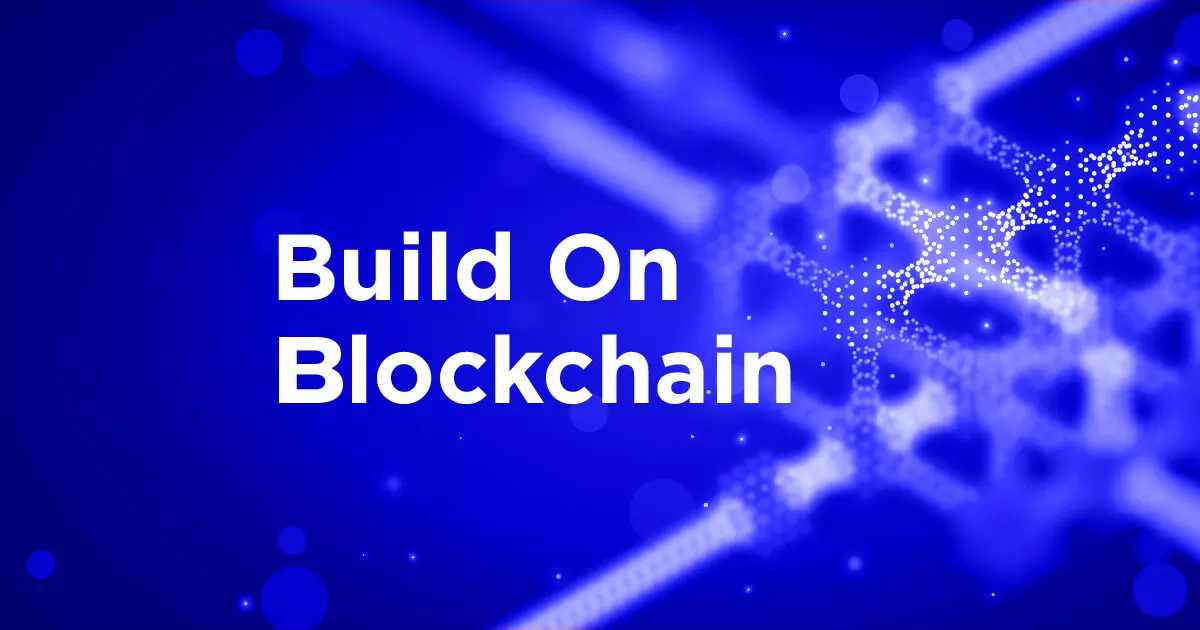
- Home
- Technology
- Blockchains Without Borders: Time For...
Blockchains Without Borders: Time For Indian Banks To Cross The Line
Financial institutions in India must go beyond internal pilots and try out public blockchains to achieve scale, efficiency, and global interoperability.

JPMorgan Chase, America’s largest bank, made a quiet but important move in May this year that could reshape modern finance.
According to Fortune, after years of building its own private blockchain systems, it finally stepped outside its walled garden to complete a real transaction on a public blockchain.
That’s a shift that Indian banks would do well to watch, and perhaps start emulating.
Here’s what happened:
JPMorgan’s blockchain arm, Kinexys, used Chainlink’s technology — which connects blockchains to external data — to transfer funds between accounts and settle the purchase of tokenised US treasuries on a public blockchain called Ondo Finance.
This wasn’t just another pilot or proof of concept. JPMorgan called it a structure built for “production,” which means it’s aiming for scale, not just experimentation.
What It Means For JPMorgan
This move marks a new phase in blockchain adoption.
Until now, banks like JPMorgan have used closed and private blockchain systems to settle transactions or to digitise bonds.
With this step, a bank of JPMorgan’s size and repute is telling the world that it sees value in interacting with public blockchains — mostly associated with crypto — because of their wider reach, versatile compatibility, and open settlement.
For JPMorgan, it means lower costs, faster settlement cycles, and the foundation to offer new digital asset products.
It’s the beginning of programmable finance — where money moves automatically when certain conditions are met. The same way smart contracts work.
What Indian Banks Can Do
Indian banks — HDFC Bank, ICICI Bank, Axis Bank, SBI, and others — have already dipped their toes into blockchain.
Trade finance pilots, document verification platforms, and cross-border payment systems have been around for years. But most of these efforts remain limited to private consortiums or internal networks.
Now, with JPMorgan making its debut on public blockchain, financial institutions in India have a new roadmap.
They could:
- Tie up with crypto or blockchain startups that specialise in tokenising assets such as gold bonds, commercial papers, or retail loans.
- Use blockchain oracles to securely deal with public chains while staying compliant with regulations.
- Explore instant settlements for tokenised securities on public testnets under the Reserve Bank of India's regulatory sandbox.
In short, financial institutions in India must go beyond internal pilots and try out public blockchains to achieve scale, efficiency, and global interoperability.
Why It Matters Now
Globally, traditional finance is no longer ignoring blockchain; it’s leveraging it to improve efficiency, scale up size, and speed up operations.
For example, BlackRock is pushing tokenised treasuries, Fidelity is testing stablecoins, and Morgan Stanley may soon offer crypto trades.
In India, regulatory caution remains, but the good news is that the approach is changing.
Digital rupee, for example, is already off to a great start.
According to an RBI report on May 29, 2025, the value of e-rupee in circulation jumped to ₹1,016 crore at the end of March this year from Rs 234 crore in the year-ago period.
Similarly, market regulator, the Securities and Exchange Board of India, is exploring ‘sachetisation’ and ‘tokenisation’ of mutual funds to make them more accessible.
Therefore, banks and financial institutions that proactively invest in building blockchain infrastructure now will be better positioned to reap the rewards when the rules open up.
Final Words
The JPMorgan example makes it clear that an institution does not need to go all-in on adopting a new technology.
It started slow and then took a calculated step into a public blockchain world to ensure that old financial values get the benefits of new tech rails without upsetting the apple cart.
That’s a key takeaway for Indian banks. They don’t need to rush at all when it comes to blockchain. But they do need to look beyond their small, private pilots and start thinking about integrating with public infrastructure.
The real value of blockchain is not in coins or cryptos, but in the technology’s potential to make traditional finance more efficient, cost-effective and reliable.
This series is brought to you in partnership with Algorand.
Financial institutions in India must go beyond internal pilots and try out public blockchains to achieve scale, efficiency, and global interoperability.
Rohini Chatterji is Deputy Editor at The Core. She has previously worked at several newsrooms including Boomlive.in, Huffpost India and News18.com. She leads a team of young reporters at The Core who strive to write bring impactful insights and ground reports on business news to the readers. She specialises in breaking news and is passionate about writing on mental health, gender, and the environment.

